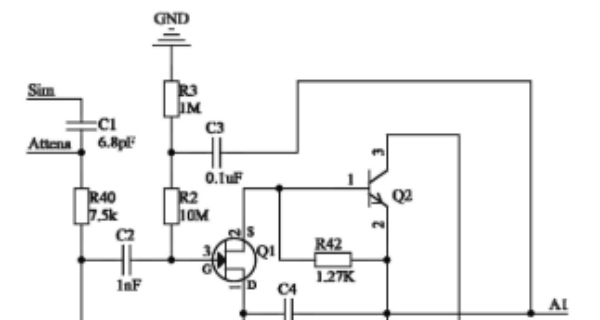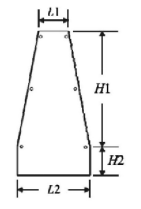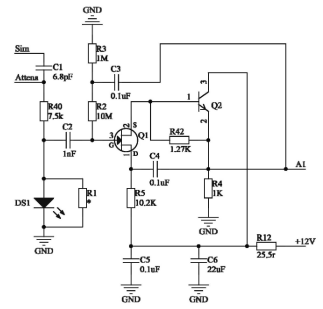News
Site Editor
 Site
https://mide-act.usa72.wondercdn.com/uploads/image/635cdcc32f0fa.png
To address this, the ultra low noise active electrically small antenna differential receiving device for long wave positioning and navigation timing was invented. This article explores how the device works and its advantages.
Site
https://mide-act.usa72.wondercdn.com/uploads/image/635cdcc32f0fa.png
To address this, the ultra low noise active electrically small antenna differential receiving device for long wave positioning and navigation timing was invented. This article explores how the device works and its advantages.
Revolutionizing Long Wave Positioning and Navigation: The Ultra Low Noise Active Electrically Small Antenna
Views: 1152
Author: Site Editor
Publish Time: 2023-06-15
Origin: Site
Positioning navigation timing (PNT) systems are essential for accurately describing time and space in complex information. They include satellite positioning and navigation systems and long wave radio positioning and navigation systems. However, the anti-interference capability of satellite systems is limited. To address this, the ultra low noise active electrically small antenna differential receiving device for long wave positioning and navigation timing was invented. This article explores how the device works and its advantages.
Long Wave Radio Positioning and Navigation Systems
Long wave radio positioning and navigation systems measure the time, phase, amplitude, frequency, and other parameters of signals transmitted by land-based radio navigation stations to determine the orientation, distance, and other parameters of moving carriers relative to the navigation station. The system achieves positioning, navigation, and timing of moving carriers. Loran-C is the long wave radio positioning and navigation time service system currently used globally.
The Ultra Low Noise Active Electrically Small Antenna Differential Receiving Device
A domestic invention patent filed in 2023 introduced an ultra low noise active electrically small antenna differential receiving device for long wave positioning and navigation timing. The device comprises four components: an electric small antenna, a preamplifier circuit connected to the electric small antenna, a tuning circuit connected to the preamplifier circuit, and a differential amplifier circuit connected to the tuning circuit.

Design Steps
The design steps for creating the device are as follows:
-
Design an appropriate-sized small electric antenna based on the electromagnetic field characteristics in the VLF long wave band.
-
Use a two-stage series preamplifier circuit composed of JFET and NPN triode with ultra-low noise figure.
-
Design tuning circuits based on operating frequency.
-
Design differential amplification circuits to improve the anti-interference ability of long-distance transmission.

Device Advantages
Compared to traditional electric antenna receiving devices, this device uses a small electric antenna to receive the long wave positioning navigation time service signal. It realizes miniaturization, has a simple structure, is reliable in performance, and can be conveniently mass-produced. The tuning function of the amplification circuit makes it suitable for receiving and amplifying long wave signals of different frequencies. The super low noise JFET in the preamplifier circuit effectively reduces system noise and optimizes noise performance. The tuning circuit achieves resonant filtering of useful signals, further improving the system signal-to-noise ratio. Differential amplification circuits convert single-ended signals into differential signals for long-distance transmission and effectively suppress external common mode electromagnetic interference.
Conclusion
The ultra low noise active electrically small antenna differential receiving device for long wave positioning and navigation timing offers several advantages over traditional devices. Its superior anti-interference ability and miniaturization make it an ideal accessory for long wave receivers. With its reliable performance and ease of mass production, it could revolutionize the way we navigate and position ourselves.





